Paleo Diet – 6 Myths and Realities
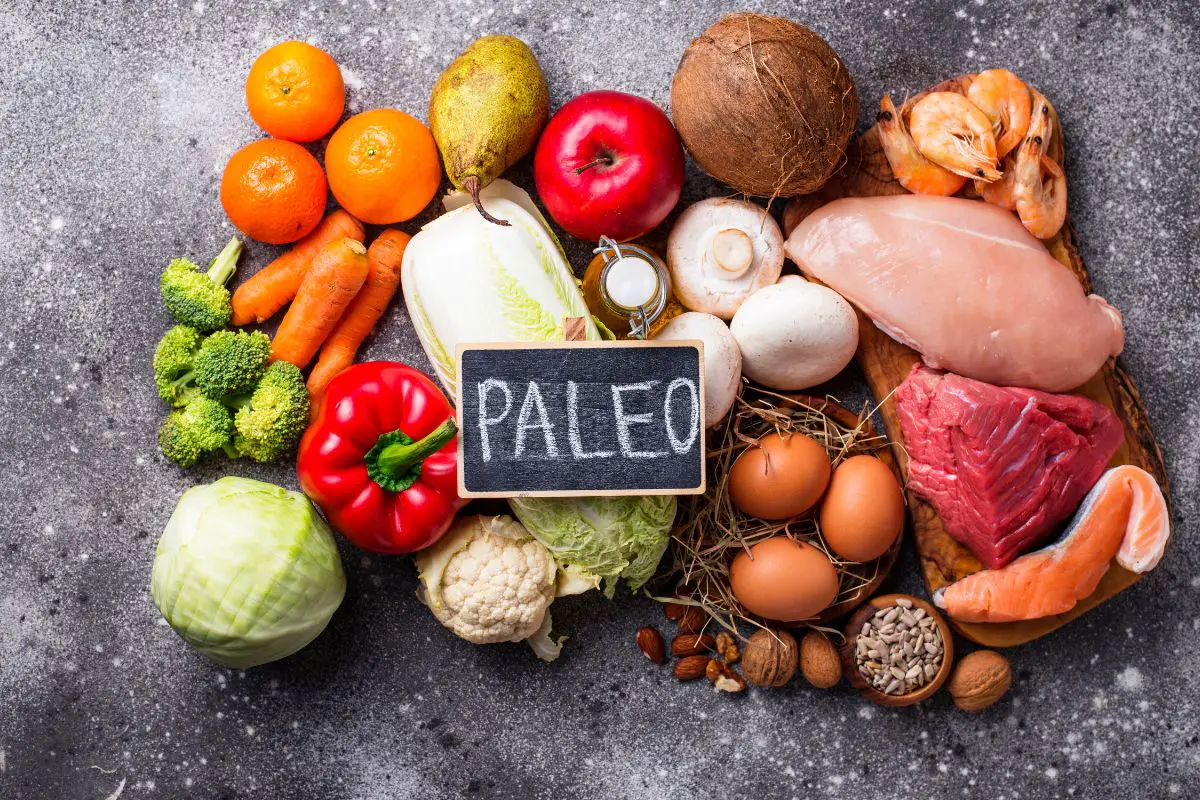
What is the Paleo Diet? Is it a Miracle Diet?
There is a lot of misinformation surrounding the concept of the “Palaeolithic Diet” and what is published in the media often only adds to the confusion and promotes misconceptions and false myths.
The paleo diet is not properly a diet in the sense of what is usually understood as “doing or following a diet”. The paleo diet is a lifestyle that proposes a revert to the healthy lifestyle of our ancestors, emphasizing food, physical activity, and rest.
And therefore, it should not be understood as a miracle diet either. It is a healthy lifestyle that as a consequence will have an impact on the overall improvement of health and is not based on the promise of a “miraculous” weight loss.
In the following article, we will expose the main concepts related to the Palaeolithic diet.
When did the Paleo Diet Start to be Talked About?
Even though the paleo lifestyle is millions of years old, it was not until the 1920s that this lifestyle began to be talked about.
It was the dentist Weston Price when, in the 1920s, he began to investigate the oral health of current tribes that had remained on the margins of civilization and to theorize about the negative impact of modern diet on health. Do not forget that the mouth is the first point of contact of food with the body.
The reason for the doctor’s research was to study the dental health of these tribes, who, unlike people who lived in modern civilization, enjoyed much better oral health,without cavities or occlusion problems.
Later, in the 1970s, gastroenterologist Walter L.Voegtlin contributed to the spread of the paleo diet and its benefits through his book The Stone Age Diet.
But it wasn’t until 1985 that anthropologists Boyd Eaton and Melvin Konner, both of Emory University, published an article titled “Palaeolithic Nutrition” in the New England Journal Of Medicine. That was the time when this model of nutrition began to enjoy some recognition from the scientific community.
Subsequently, Dr. Staffan Lindeberg in his famous Kitava study, published in 1994 went much deeper into the theory that we are not well adapted to our current environment. According to him, this is the origin of many modern or “civilizational” diseases (obesity, diabetes, and cardiovascular diseases, among others).

Different Paleo Diets (Ancestral Diets)
When talking about the evolutionary diet there is a lot of confusion about what our ancestors ate. In reality, there is not a single Palaeolithic diet since depending on the geographical area where the tribe was settled, so were the foods that they had within their reaches, such as different vegetables, tubers, fruits, or animals.
But what we know for sure is what they did not eat, the ultra-processed industrial products that now flood our supermarkets and make us sick.
The Origin of the term Ultra-Processed
The origin of the term “ultra-processed” to designate edible industrial products, made from highly refined and mostly synthetic ingredients, we owe to Carlos Monterio, a researcher, and nutritionist at the University of São Paulo.
Following in the footsteps of Monteiro, there are more and more studies linking modern diseases with the current lifestyle, in which ultra-processed foods play a prominent role, along with a sedentary lifestyle and stress.
Diseases caused by Ultra-Processed Food Products
As we said, there are more and more studies that relate or associate the correlation of ultra-processed foods with modern diseases. The problem is not an excess of calories, as the industry would have us believe, the problem is ultra-processing itself because it is unhealthy and harmful to health.
Now, we do not intend to create an alarm and cause panic, we simply want to inform you about the health risks of consuming ultra-processed products, like baked items, sugary beverages, ready-to-cook foods, food colors, preservatives, etc.
What to Eat? The Paleo Diet Food Pyramid
The paleo diet is a conceptual framework that proposes eliminating ultra-processed foods from the diet and restricting the consumption of cereals and dairy products. But like everything in life, it’s not about black or white. You must adapt this framework to your environment and preferences.
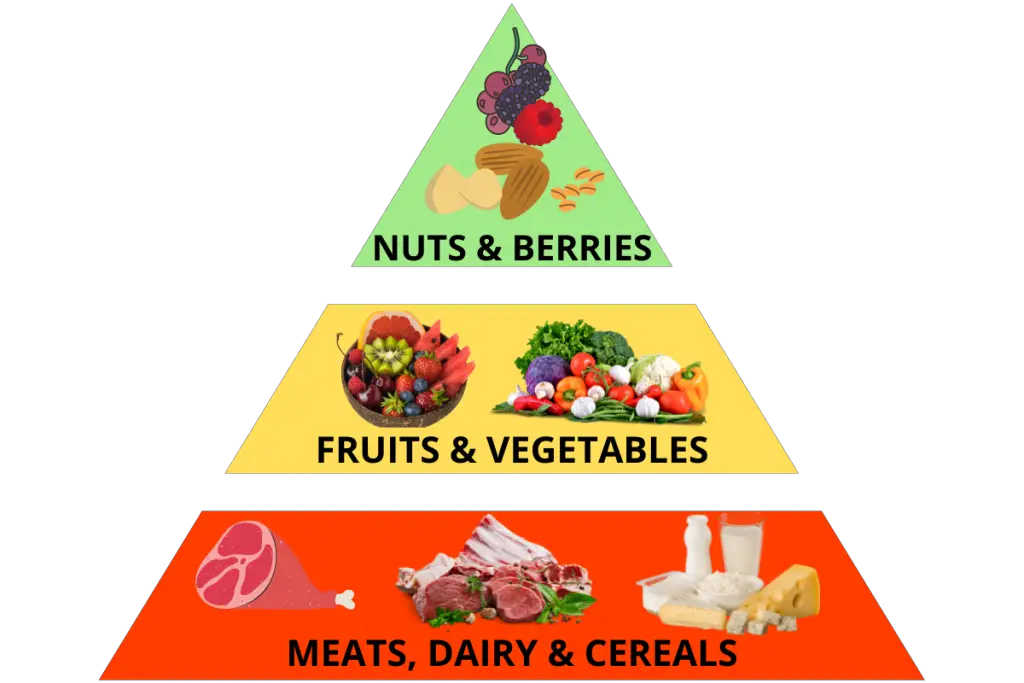
From an evolutionary point of view, the healthy eating pyramid that makes the most sense is nuts and berries at the top, followed by vegetables and fruits, while at the base, protein rich sources like meat and dairy products.
As we explain later in the « Frequently Asked Questions » section, dairy products and cereals are not essential, although if they suit you and you like them, go ahead and incorporate them into your diet.
The only thing is to try to prioritize quality foods, whole milk versus skimmed milk, naturally fermented dairy products, whole grains and if you like bread, that is made with natural yeasts, sourdough.
The Paleo Diet, Legumes and Cereals
Mainly, the reason why followers of the paleo diet eliminate or restrict the consumption of grains and legumes are antinutrients.
Antinutrients are the chemical defenses that plants use to fend off predators. And in theory, these antinutrients prevent or hinder the absorption of other nutrients necessary for the body.
In the case of legumes, the main ones are lectins and phytates, but we know that leaving them to soak and cooking practically deactivates them. Once again popular culture provides the solution.
And in the case of cereals, gluten and phytates stand out. And just like legumes, if they are naturally soaked, sprouted, or fermented, the antinutrients are deactivated.
Hybrid Paleo Diet: Example of a Weekly Menu (Breakfast, Lunch, and Snacks)
The fundamental idea is to go more to the local market and less to the supermarket. If, due to time or work hours, it is better for you to go shopping in a large area, buy as if you were in the local market, that is, avoid the aisles crowded with ultra-processed products.
Monday:
· Breakfast: Turkish Omelette
· Food: Tuna with pepper
· Dinner: Golden mustard chicken
Tuesday:
· Breakfast: Classic Porridge
· Food: Grouper with butter
· Dinner: Spartan Salad
Wednesday:
· Breakfast: Caucasus breakfast
· Food: Queen salad
· Dinner: Veal with sweet potato chips
Thursday:
· Breakfast: Parrot eggs
· Food: Parmesan hake
· Dinner: Hamburger mix
Friday:
· Breakfast: Omega Eggs
· Food: Blue salad
· Dinner: Grilled Beef with fine herbs
Saturday:
· Breakfast: Vintage porridge
· Food: Lemon chicken
· Dinner: Dorada with a green salad
Sunday:
· Breakfast: White banana smoothie
· Food: Russian salad
· Dinner: salmon tartare
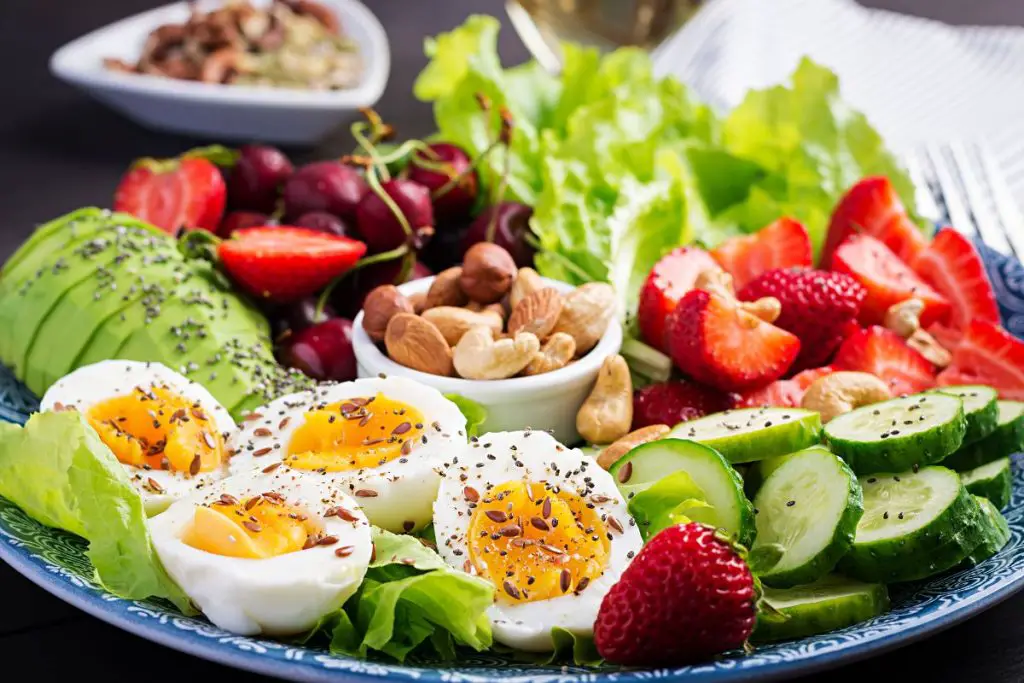
Paleo Diet: Scientific Evidence
There is more and more scientific evidence about the benefits of the Palaeolithic diet for health, for example, it helps improve glucose control, promotes weight loss and the reduction of blood pressure, and improves the intestinal microbiota.
It should be noted that most of these studies are epidemiological, and observational, with some limitations. Therefore, a relationship between cause and effect cannot be obtained.
Carrying out a controlled study to evaluate a diet and being able to follow it up for a prolonged period (years) is very difficult. Although there are also some studies, such as the one carried out by the Swedish Department of Health and Clinical Medicine for 2 years to evaluate the impact of the Paleo diet in older women, with obesity problems.
However, the strongest evidence is the virtually complete absence of modern diseases in modern tribes that retain their ancient customs and have remained isolated from the “so-called” benefits of modern civilization. We are doing something wrong, right?
Benefits of the Paleo Diet
Just by eliminating ultra-processed products from your diet, you will significantly improve your health and quality of life. If you also accompany it with new habits, more in line with the lifestyle of our ancestors, the positive impact will be even greater.
Among the benefits, followers of the paleo diet highlight:
· Higher energy level during the day
· Improved body composition (more muscle and less fat)
· Better rest and better-quality sleep
· Increased libido
· Better performance in the practice of sports or physical activity
Ideally, you should be encouraged to try and experience this change in your life as well.
Myths about the Paleo Diet
1.- The Paleo Diet is a Carnivorous Diet
As we have already mentioned, the paleo lifestyle does not include the distribution of macronutrients and, in any case, if any food group has to be prioritized, it would be vegetables and fresh natural foods.
We emphasize again that the important thing is not what is eaten, but what is not eaten: ultra-processed products.
2.- The Paleo Diet is Harmful because it Eliminates Dairy
Although it may seem like an exaggeration, more than 65% of the world’s population is lactose intolerant and does not regularly consume dairy in their adult lives.
It seems, then, that it does not make sense to affirm that dairy products are essential for health if more than 65% of the world population lives without taking them properly.
This does not mean that the consumption of dairy products is not healthy and that if you digest them well, they are a good source of nutrients.
3.- The Paleo Diet is Harmful because it Eliminates Cereals
As in the previous case, no food group is essential separately. We evolved more than 2.5 million years without growing cereals, and only 10,000 years ago did agriculture begin.
This means that we have come this far without grains, and we can continue to move forward without them. Now, if you like to enjoy good bread or pasta, prioritize quality and avoid refined flour.
4.- Followers of the Paleo Diet do not Cook Food and Eat it Raw
That is not true. Avoiding ultra-processed foods is one thing and not cooking food is another. Avoid ultra-processed products from the food industry. The fresh products that you cook at home are an excellent option. Learning to cook is a factor that will help you improve your health.
5.- Life in The Palaeolithic Era was very Short
Nothing is further from reality. The problem was the infant mortality rate, which lowers the average age. But once past adolescence, it was easy to even reach the age of 70, far longer than the 31-year life expectancy in industrial revolution England in the early 19th century.
Hygiene and sanitation have managed to significantly increase life expectancy in recent years because it has drastically reduced infant mortality. But the maximum age that a human being can live has hardly changed throughout our history. Very few documented cases have exceeded 120 years.
6.- It Is Harmful because it increases the Consumption of Fats and Cholesterol
For fear of raising cholesterol, good fats have been stigmatized and unfairly punished for many years.
We now know that there is no direct causal relationship between the consumption of good fats, increased cholesterol, and increased risk of cardiovascular disease. For the last two decades, good fats have gone from villains to heroes.

What is the paleo diet?
The paleo diet is an evolutionary-based conceptual framework that aims to improve health. To do this, it proposes eliminating the consumption of ultra-processed products, high in refined flours, added sugars, and refined vegetable oils, and prioritizing some food groups over others.
Do I have to eat what they ate in the Palaeolithic Era?
No, and even if you wanted to, it would not be possible because no Palaeolithic food has survived to this day. It is simply about adapting the model proposed by the paleo diet to your environment and your preferences, such as consuming local natural products and seasonal fruits and vegetables.
Is it recommended if you are pregnant?
Yes, when the baby’s health is at stake, all the more reason to follow a healthy lifestyle. Just as it is recommended not to smoke and not drink alcohol during pregnancy, the consumption of ultra-processed products that have a negative impact on the health of the mother and that of the future baby should be avoided.
Do I have to count calories?
No, you don’t need to count each calorie. Counting calories is only useful for measuring portion sizes. But in the same way, you could use the weight of food. Predicting the behavior of the body from the number of calories in the food you eat is meaningless. Even the same caloric intake in the same person but at different times of the day will have a different response from your body.
What can I have for breakfast?
There is no such thing as a special breakfast food. It has been the food industry, together with the help of the best advertising and marketing professionals, that has been responsible for creating a new category of products, mostly ultra-processed, destined for breakfast.
As an example, the campaign created in the 1920s by the great Edward Bernays, commissioned by the farmers’ guild to promote the consumption of oranges, made the population think that squeezing oranges were good for health.
Another example is that of John H. Kellogg, who in 1894 patented “corn flakes “, toasted corn flakes with sugar, which he later marketed with great success as a “food” intended for breakfast. Until the appearance of Kellogg’s, the typical American breakfast was based on eggs and meat.
How many eggs are recommended to eat a week?
The egg has been an unfairly marginalized food for decades due to fear of fat. Now we know that this is not the case and it has become a superfood due to its nutritional properties. Eating 1 to 3 eggs per day is within reason, although there are cases of people who exceed these amounts with perfect analytics.
Is there scientific evidence to support the paleo diet or the evolutionary diet?
Yes, as we have mentioned before, there are more and more studies that show the benefits of the paleo diet, such as the improvement of body composition, the reduction of blood pressure, and the control of blood glucose.
Is the vegan diet compatible with the paleo diet?
It is perfectly feasible to go on a vegan diet and follow a paleo lifestyle. Indeed, the strictest and least flexible followers of the paleo diet do not eat legumes and cereals, unlike a follower of the vegan diet, but as we say, the most important thing in the paleo diet is what is not eaten, the ultra-processed.
Is the ketogenic diet compatible with the paleo diet?
As in the previous case, a ketogenic diet can be followed within the framework of the paleo lifestyle. A ketogenic diet consists of reducing the consumption of carbohydrates below 50 grams per day. Therefore, you can perfectly follow a paleo diet and reduce the consumption of carbohydrates and consequently increase the consumption of protein and fat.

Summary
Summarizing the article, it is imperative to state that the paleo diet is beneficial by all means. You don’t have to eat only fruits or meat or vegetables alone. You can fix your paleo diet your way. You may follow a portion control diet as an alternate. All you need to do is to avoid processed food, have to perform some physical activity, and you will be good to go concerning your health.

Hi, I am Humayun, I hold MS and PhD degrees in Chemical Sciences from Germany. Currently I am working as faculty at the Department of Chemistry, Food Science and Technology, at a Public Sector University. I have immense interest in the fields of Food Science and Sports Nutrition.

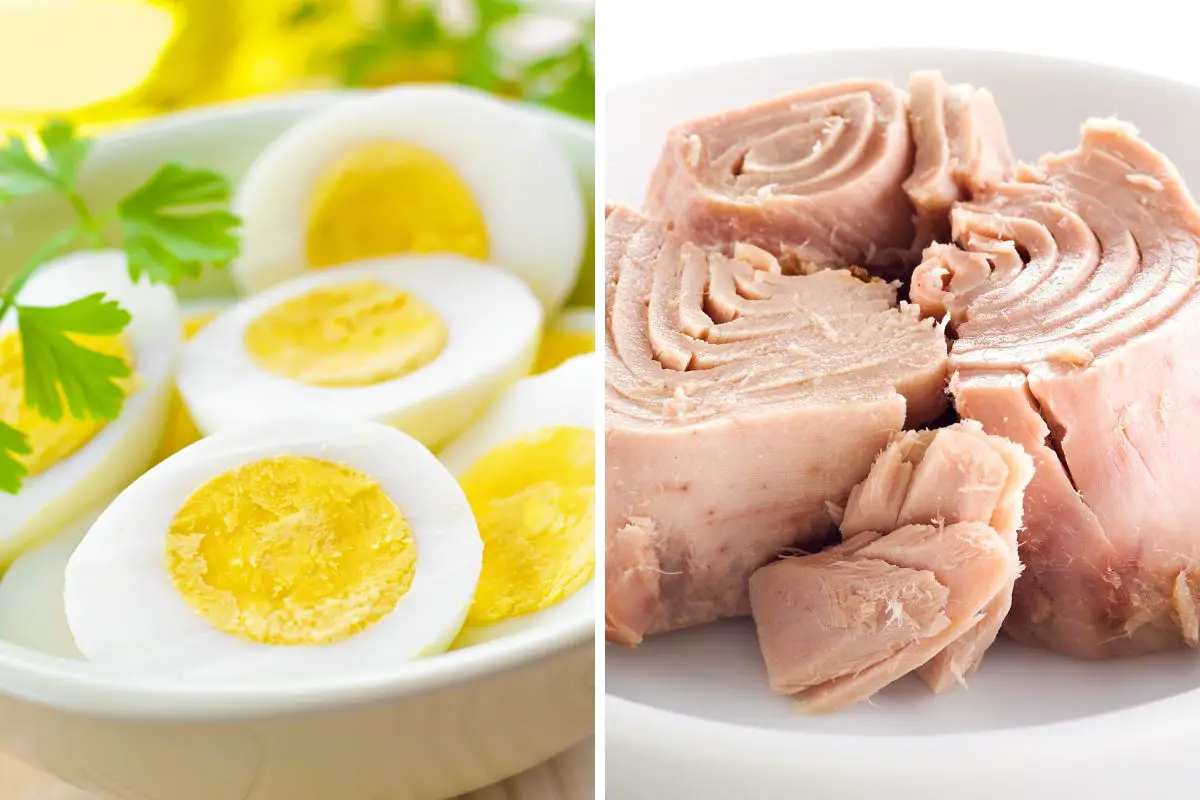
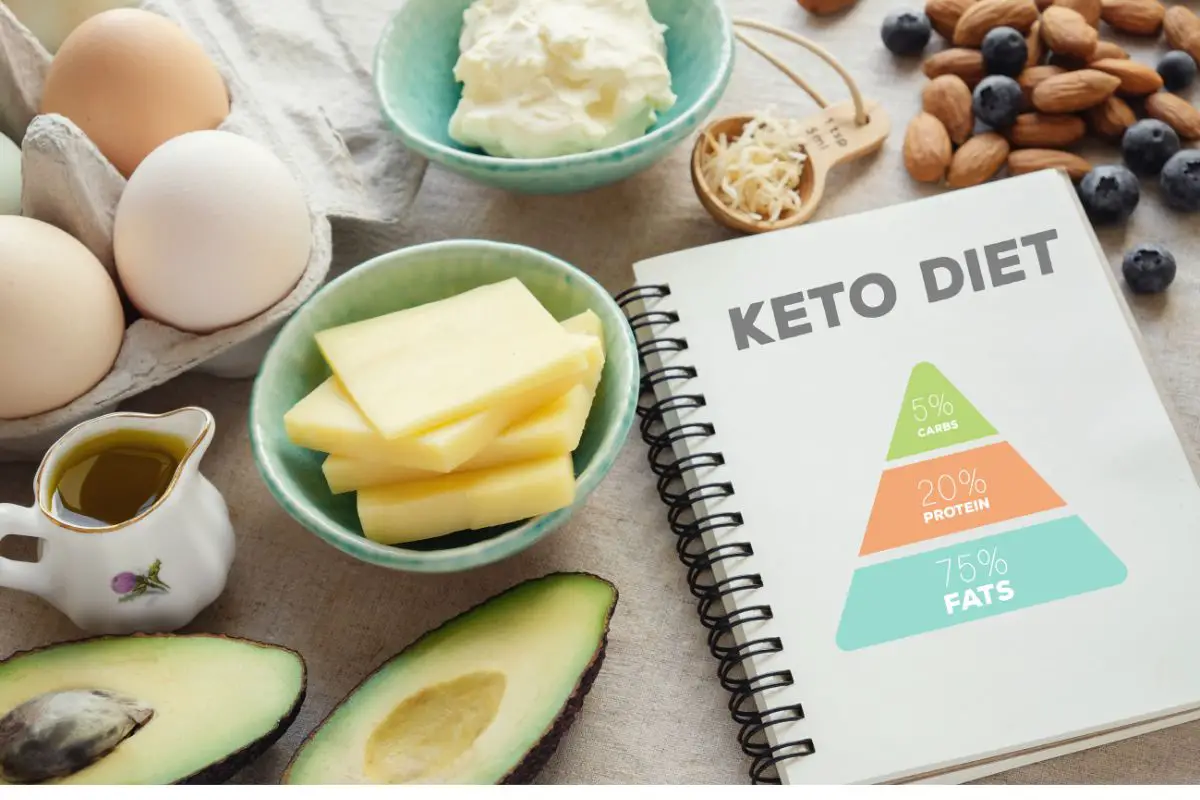
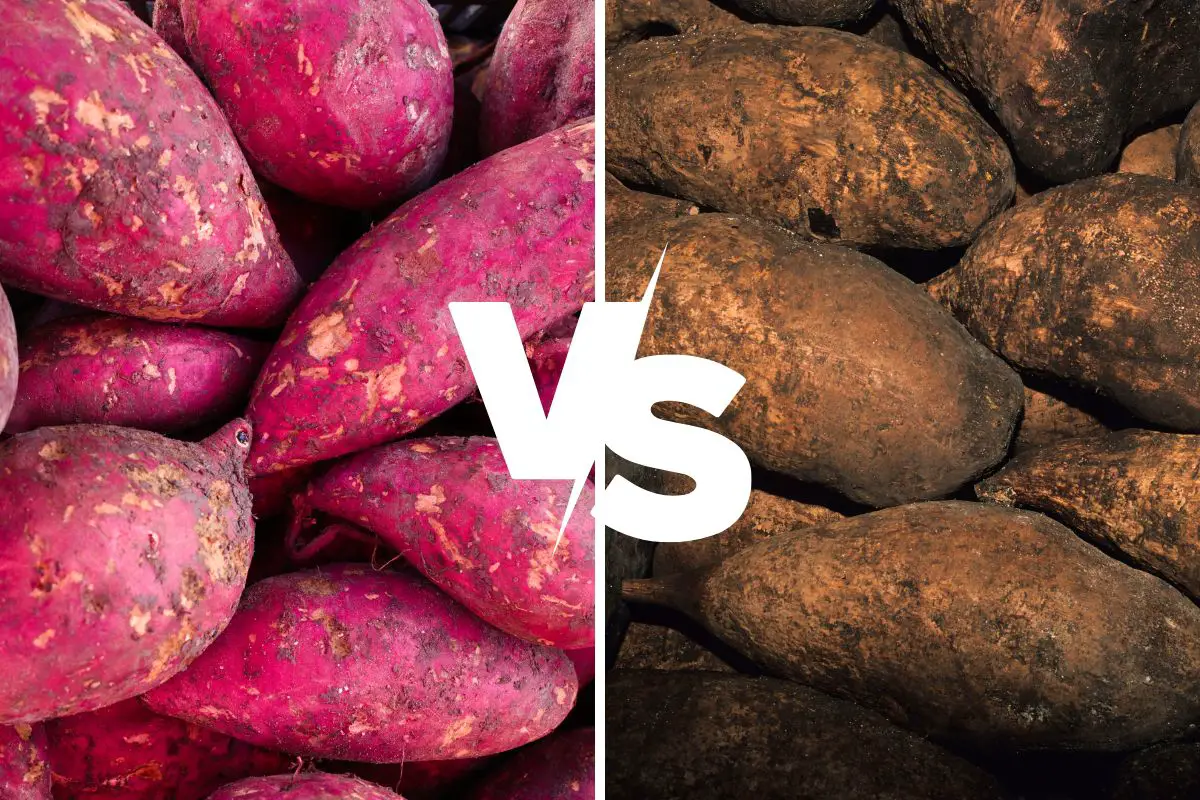
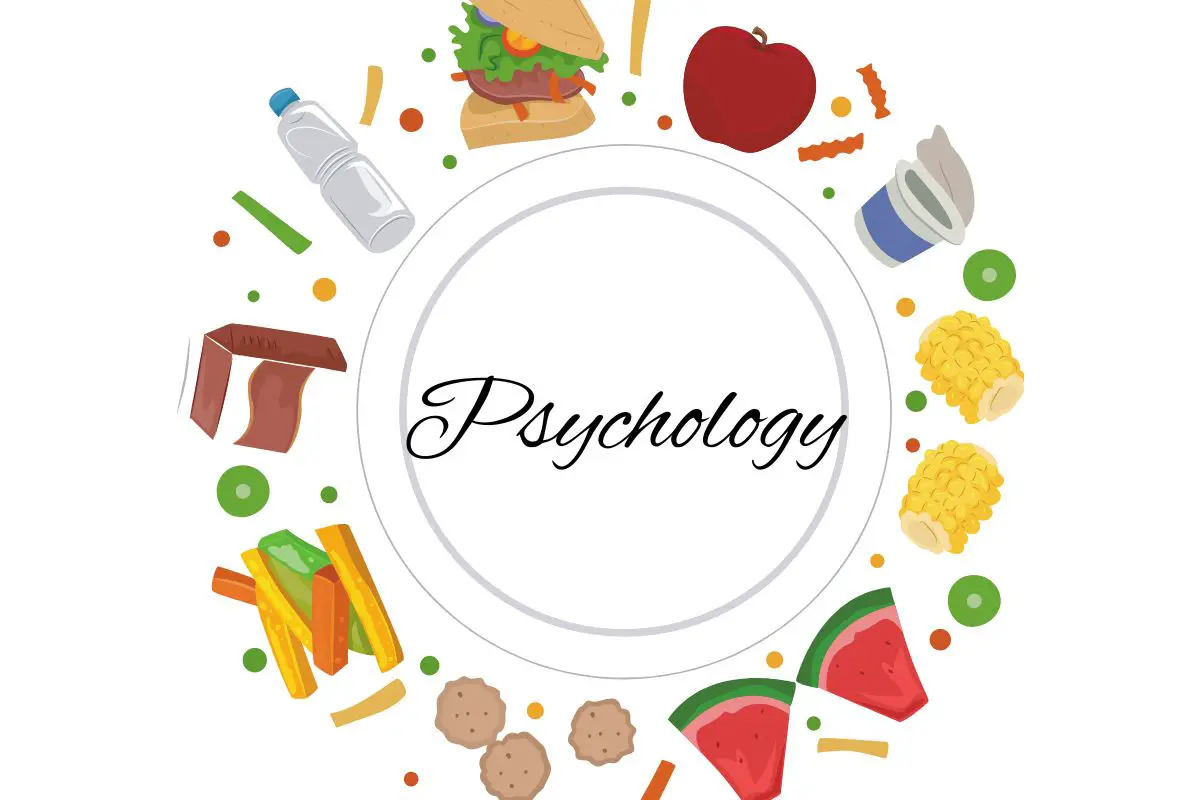

It’s no doubt the best article written on paleo diet as far as I know. I am very much impressed by the logic and rational developed on this diet throughout this article and anti nutrient concept is very convincing for limiting cereals and legumes if not processed right! However, on a lighter note, where to get parrot eggs ?? Or is it a name of egg recipe with multi coloured or green veggies?
It is a recipe name actually
Thanks for your wonderful comment ?